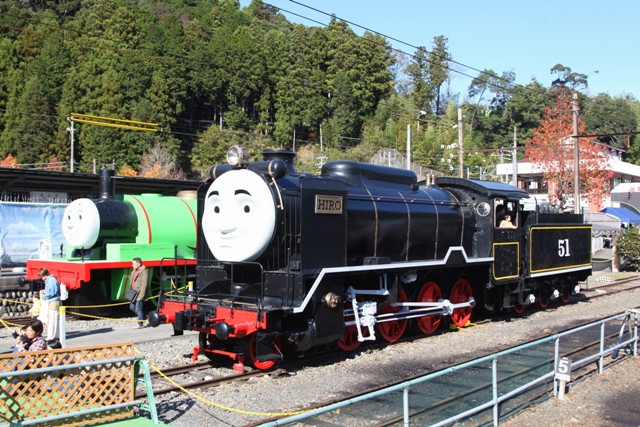Set 20 of the EMU Tokyo Metro 7000 series travels on the Tokyu Toyoko line
On November 1st, Tokyo Metro made a press release announcing that a new model, the EMU 17000 series, will be launched in the second half of the fiscal year (FY) 2020. At the same time, the company suggests that the existing EMU 7000 series will be retired from the track by the end of the FY 2022 (March, 2023).
The EMU 7000 series debuted in 1974 when the subway Yurakucho line was partially opened between Ikebukuro and Ginza-icchome stations. A total of 34 sets, 340 units were built by Nippon Sharyo, Tokyu Sharyo, Kawasaki Heavy Industries and Kinki Sharyo over 15 years. The futuristic aluminum alloy body with an odd-shaped front mask is similar with that of the 6000 series on the Chiyoda line and the 8000 series on the Hanzomon line. Regarding the technical specifications, a state-of-the-art AVF (automatic variable field) chopper electric control system was applied to save electric power consumption.
Currently, 21 sets, 150 units are still operated on the Yurakucho and the Fukutoshin lines. On the other hand, 4 sets, 40 units have been transferred to Jakarta, Indonesia (PT. Kereta Api Indonesia), as I posted before. From the middle of 1990's, renovation started. For instance, AVF chopper electric control systems have been replaced by an IGBT-VVVF (Insulated Gate Bipolar Transistor - variable frequency drive) system thanks to technological progress.
We still have three more years before the final run of the 7000 series, but please hurry up and take their photos before it is too late.
The EMU 7000 series debuted in 1974 when the subway Yurakucho line was partially opened between Ikebukuro and Ginza-icchome stations. A total of 34 sets, 340 units were built by Nippon Sharyo, Tokyu Sharyo, Kawasaki Heavy Industries and Kinki Sharyo over 15 years. The futuristic aluminum alloy body with an odd-shaped front mask is similar with that of the 6000 series on the Chiyoda line and the 8000 series on the Hanzomon line. Regarding the technical specifications, a state-of-the-art AVF (automatic variable field) chopper electric control system was applied to save electric power consumption.
Currently, 21 sets, 150 units are still operated on the Yurakucho and the Fukutoshin lines. On the other hand, 4 sets, 40 units have been transferred to Jakarta, Indonesia (PT. Kereta Api Indonesia), as I posted before. From the middle of 1990's, renovation started. For instance, AVF chopper electric control systems have been replaced by an IGBT-VVVF (Insulated Gate Bipolar Transistor - variable frequency drive) system thanks to technological progress.
We still have three more years before the final run of the 7000 series, but please hurry up and take their photos before it is too late.
Set 31 of the EMU Tokyo Metro 7000 series travels on the Tokyu Toyoko line
Official information about the EMU Tokyo Metro 7000 series (in Japanese):















